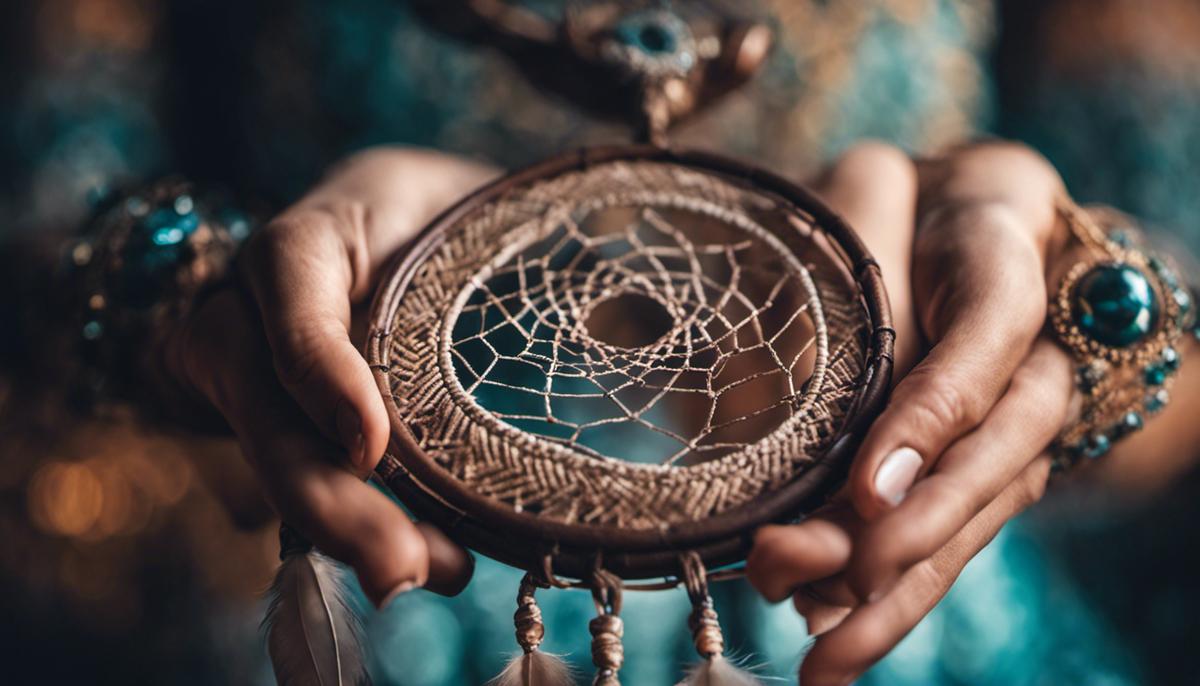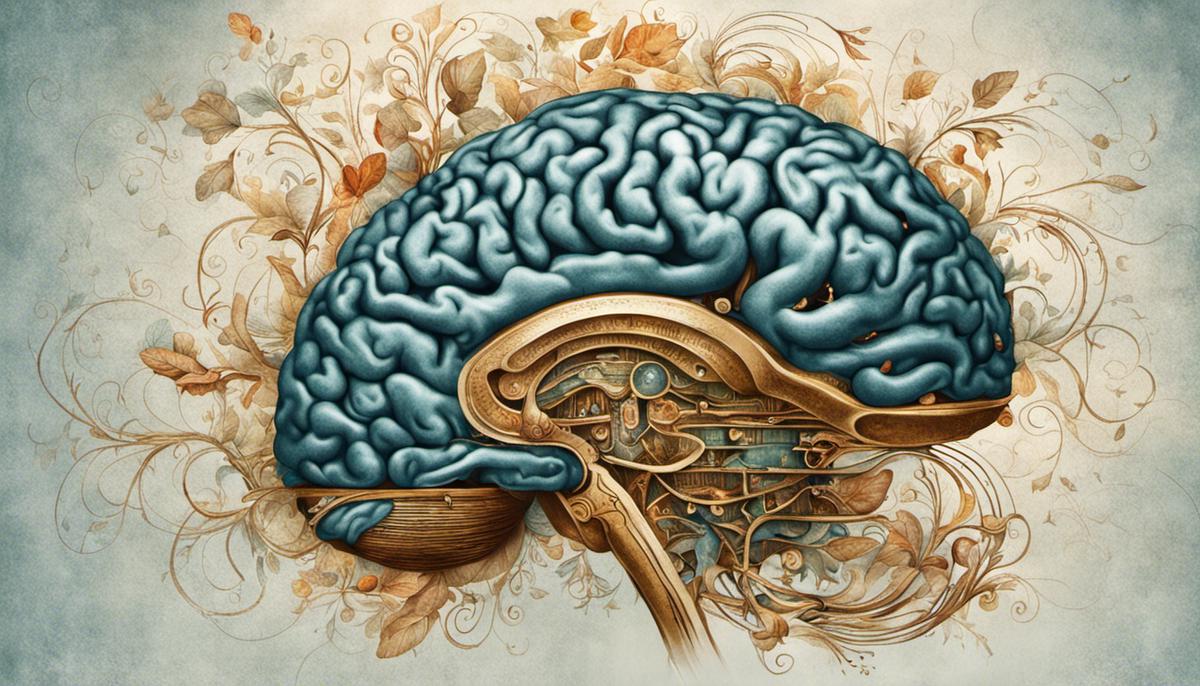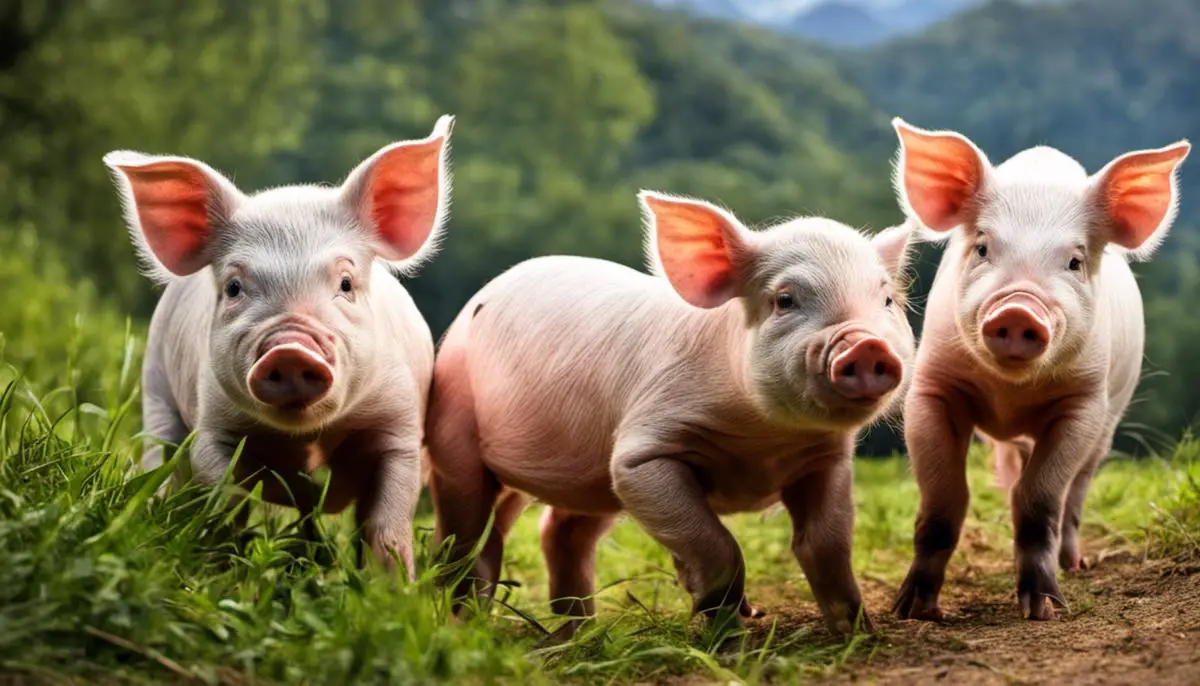Embarking on an intriguing exploration of what it means to dream about piglets, it becomes apparent that the landscapes of our minds reveal much about our innermost thoughts and experiences. From the meticulously detailed theories of Freud and Carl Jung that correlate symbols in dreams to repressed desires and subconscious mind, to the cultural associations that tie piglets to prosperity and fertility, a wealth of interpretations come to the forefront. Even the robust science of neuroscience contributes to understanding these dreams, linking them to emotional responses, memories and the intricate complexities of the human brain. Looking at dreams in these different lights holds the potential to decode our inner life and emotions, providing profound insights that go beyond the waking life.
The Freudian Interpretation of Dreaming about Piglets
Though at the outset such a task might seem lighthearted or even amusing, the examination of dreams about piglets through the lens of Freudian psychoanalytic theory can yield surprisingly profound insights. It should be recalled that Sigmund Freud, the father of psychoanalysis, proposed that dreams serve as the “royal road to the unconscious,” providing a window to one’s deepest thoughts, feelings, and desires. Consequently, the humble piglet that wanders into one’s dreaming mind likely carries a symbolic weight that deserves a thoughtful analysis.
Freud’s theory of dream interpretation considers both the manifest and the latent content of dreams. The manifest content refers to the literal storyline or images in the dream, as recalled by the dreamer – in this case, piglets. The latent content, conversely, consists of the underlying psychological meanings that these images might symbolize. To a Freudian psychoanalyst, piglet dreams could signify a number of latent notions, depending on the specific details and emotions attached to the dream. For instance, because piglets are young animals, they could represent innocence, fragility, or potential, symbolizing then, certain aspects of the self or perhaps feelings about a new project or relationship.
Additionally, thanks to cultural and societal connotations, piglets could also symbolize gluttony, greed, or dirtiness. Here, one must remember Freud’s assertion of the influence of early childhood experiences on our unconscious minds. Someone with negative associations with piglets might be grappling with feelings of guilt, shame, or repulsion, which may stem from an unresolved event or circumstance. By analyzing these dream images through the psychoanalytic lens, one might uncover deep-seated emotions or experiences that can provide valuable insights into their emotional and psychological state.

Cultural Context and Symbolism of Piglets
In delving deeper into the realm of dream interpretation, it’s essential to note how cultural context can impact our perceptions, particularly when it comes to dreams about piglets. Consider the prevailing symbols and associations societies hold towards piglets, which are largely formed by cultural perspectives and experiences. For instance, in Western societies, piglets can oftentimes be associated with gluttony and greed, shaping dreams about piglets into cautionary tales about excess or overindulgence.
However, this is not a universal construct. In many East Asian cultures, such as China, the pig symbolizes prosperity and good fortune. Consequently, dreaming about piglets in such cultures could be perceived as an auspicious sign or an omen of forthcoming wealth and success. As a result, the interpretation of the very same symbology can vary drastically based on cultural perspective, highlighting the importance of cultural context within the framework of dream analysis.
Meanwhile, an individual’s personal experiences can further nuance these interpretations. For instance, someone raised on a farm who has positive experiences with piglets may interpret such dreams favorably, where the piglets symbolize joy, nostalgia, or simple pleasures, irrespective of the cultural norms. Whereas societal and cultural symbolism provides a communal language, personal experiences and associated emotions impart a profound individualism to dream interpretations. Therefore, it’s crucial to appreciate the intersectionality of societal symbolism, cultural context, and personal experiences to peer deeper into the enigmatic world of dreams.

Neuroscientific Approach to Dream Analysis
Delving into the realm of neuroscience affords a fascinating perspective on dream analysis, a logical counterpoint to the inherently subjective and culturally-influenced psychoanalytic theories. Technological advancements in the field, such as functional Magnetic Resonance Imaging (fMRI) and Electroencephalography (EEG), have enabled neuroscientists to probe deeper into the enigmatic world of dreams, including those involving piglets.
Researchers mapping brain activity during the Rapid Eye Movement (REM) stage of sleep – when dreams typically occur – have made substantial progress. It is now established that dreams engage the same neural pathways used during wakefulness, implying that brain perceives dreams as real experiences. As such, dreams about piglets are processed by the brain similarly to real-life interactions with these creatures. The amygdala would handle emotional reactions, for instance, while the hippocampus curates associated memories. These neurobiological interactions, guided by intrinsically-processed associations and emotions related to piglets, shape the dream scenario.
What neuroscientists currently understand is that recurring dreams, including those about piglets, could link to emotional processing. This highlights potential parallels with the ‘Threat Simulation Theory’ of Antti Revonsuo, that envisions dreams as a survival mechanism. Neuroscience suggests that by simulating threats or unfulfilled needs, including those represented by piglets, the brain attempts to rehearse and prepare for future challenges. Far from the mystic realms of Freudian analysis, it distils dreams down to a purely biological survival enhancement mechanism.
However, decoding dreams through neuroscience is an ongoing journey. Much remains to be uncovered about how and why certain neurons fire together to create specific dream imagery. By continuing this enchanting exploration into the neurobiology of dreams, neuroscience hopes to illuminate more than just the hidden symbolic meanings behind piglets prancing in our minds, but unsurprisingly, complex questions require elaborate answers. The quest to fully comprehend the neural orchestra that composes our dreams carries on.

Interpretation of Piglets in Jungian Dream Analysis
In order to further understand the role of piglets in Jungian archetype theory, we must first delve into the concept of archetypes as put forth by Carl Jung, the founder of analytical psychology. According to Jung, archetypes are primitive mental images that reside in our collective unconscious, representing universal patterns and motifs which can manifest themselves in our dreams and behaviors. Piglets, as symbols, constitute an archetype that may bear different connotations in this context, depending on the individual and collective unconscious mind. While explored in Freudian theory in terms of various potential subtexts, in contextual relation to Jung’s theory, they may represent a more holistic approach to the unconscious symbolism.
Additionally, Carl Jung introduced the concept of the “shadow” archetype, a dimension that encompasses the aspects of ourselves that we tend to reject or suppress. Shadows, according to Jung, can take numerous forms and can even shape our dreams. Thus, when a piglet surfaces as an embodiment in dreams, it could potentially be indicative of one’s suppressed innocence or vulnerability. Harnessing the Jungian perspective, a dream involving piglets can hence be interpreted as the psyche’s attempt to employ the dreamer’s connection with these young creatures, to shine light on the shadow elements that need addressing.
Adopting a wider view, it’s pivotal to emphasize the role of societal norms, cultural symbolism, and personal experiences in shaping Jungian archetypes. With this in mind, the archetype of piglets does not reside in isolation from the societal narrative or cultural biases. To illustrate, in societies where piglets are associated with prosperity or luck, the archetype could symbolize fortune or optimism in a Jungian context. Conversely, in cultures where piglets are symbols of greed or overindulgence, the manifestation of piglets could hint at an underlying shadow characteristic along those lines. Therefore, accurately interpreting the role of piglets within Jungian archetype theory requires an understanding that is at once deeply personal, highly contextual, and inherently universal.

Cracking the complex code of dreams opens up an avenue to understanding our own mind in unexpected ways. Through Freudian and Jungian interpretations, we unearth the multitude of effects our unconscious mind has on our dreams, as reflected through the symbol of the piglet. Our understanding is further enriched as we explore cultural symbolism and dive deeper into the science of the human brain with neuroscientific perspectives. Whether piglets in dreams signal our desires, resonate with our cultural heritage, or link to our subconscious and memories, these interpretations emphasize that the threads of our inner life are woven into the fabric of our dreams. This fascinating delve into dream analysis thus serves as a mirror to our psyche, encouraging self introspection and understanding.
